France Launches New Military Service Plan To Counter Supposed Russian Menace
Amid persistent confrontationalist rhetoric and determination to prolong the West's proxy war against Russia in Ukraine, French President Emmanuel Macron on Thursday announced a new avenue of voluntary military service for 18- and 19-year olds with the goal of gradually bolstering both active duty and reserve strength. In a critical sweetener for would-be recruits who are wary of dying in Ukraine, those who enlist under the new program will only serve in the French mainland and French territories abroad.
 Macron announced the new voluntary service plan for 18- and 19-year-olds at the the Varces military base in the French Alps (Thomas Padilla, Pool Photo)
Macron announced the new voluntary service plan for 18- and 19-year-olds at the the Varces military base in the French Alps (Thomas Padilla, Pool Photo)
“A new national service is set to be gradually established, starting from next summer,” said Macron in a speech delivered at the Varces military base in the French Alps. Under the program, the 18- and 19-year-old volunteers will receive a month of training, followed by nine months of service in a unit. After that, they'll be assigned to a reserve unit with the idea that they'd start a civilian career or take the next step in their education. The scheme will go live next summer with an initial round of 3,000 young volunteers, ramping up to 10,000 by 2030 and 50,000 a year by 2035. France hasn't drafted soldiers since 1996, and Macron says there's no intention to restart conscription.
When discussing the new service scheme, Macron has also stressed that he isn't creating a conveyor belt that will carry French troops into Russia's Ukraine meat grinder. “We must, in any case, immediately dispel any confusion that we are going to send our young people to Ukraine,” Macron said earlier this week. “That’s not at all what this is about.”
 Recruits into the new program will be assured they'll serve only in mainland France and overseas territories, unlike these French troops in Afghanistan in 2008
Recruits into the new program will be assured they'll serve only in mainland France and overseas territories, unlike these French troops in Afghanistan in 2008
The move comes as French and other European leaders are claiming Russia may be on course to attack NATO countries in the not-too-distant future. “Unfortunately, Russia today, based on the information I have access to, is preparing for a confrontation with our countries by 2030," said French army Chief of Staff Fabien Mandon last week. "It is organizing itself for this, it is preparing for this, and it is convinced that its existential enemy is NATO.” Similarly, German Foreign Minister Johann Wadephul on Tuesday wrote, "Putin eyes the EU and NATO. Our intelligence services are issuing urgent warnings: at the very least, Russia is creating the option for itself to wage war against NATO by 2029."
“It’s good, it’s a difficult path,” Retired Gen. Jean-Paul Paloméros, a former head of the French Air Force, told AP, referring to the fact that training and equipping the new troops would require higher spending and create new demands on existing resources. “But nevertheless I think it was needed somewhere to make sure that the young generations understand that freedom and peace are not taken for granted and it doesn’t come as a free lunch.”
 President Macron, pictured here in a 2018 visit to the French Caribbean island of Saint-Martin, says the new troops won't be sent to Ukraine (Reuters via BBC)
President Macron, pictured here in a 2018 visit to the French Caribbean island of Saint-Martin, says the new troops won't be sent to Ukraine (Reuters via BBC)
The French move is part of rising militarism across NATO's European member states. Poland has started its own voluntary service program, with a goal of training 100,000 service members a year starting in 2027. Earlier this month, we covered Germany's moves toward potentially reinstating military conscription, which the country abandoned in 2011. The initial steps center on mandatory questionnaires and medical exams that will feed a database detailing each young man's fitness, aptitude and willingness to serve.
Promoting the new French avenue of military service, Macron stoked fears that Russia is keen on marching into Paris. “The day that you send a signal of weakness to Russia — which for 10 years has made a strategic choice to become an imperial power again, that’s to say advance wherever we are weak — well, it will continue to advance,” Macron told RTL last week. As is the standard for leaders of NATO countries, Macron's rhetoric is pure gaslighting, as NATO's own empire-building set the stage for the ongoing war in Ukraine.
Tyler Durden Sat, 11/29/2025 - 07:50


 Mohamad Torokman/Reuters
Mohamad Torokman/Reuters Mohamad Torokman/Reuters
Mohamad Torokman/Reuters Israel soldiers at the scene after the shooting. Credit...Mohamad Torokman/Reuters
Israel soldiers at the scene after the shooting. Credit...Mohamad Torokman/Reuters Starbucks workers walk a picket line as they go on strike outside a Starbucks store in the Brooklyn borough in New York City on Nov. 13, 2025. According to the Starbucks Workers United (SWU), the union representing the workers, more than 1,000 Starbucks workers have gone on strike at about 65 stores across the country. Union members state that Starbucks failed to make new proposals on issues like staffing and pay since the labor group rejected a company offer in April. Michael M. Santiago/Getty Images
Starbucks workers walk a picket line as they go on strike outside a Starbucks store in the Brooklyn borough in New York City on Nov. 13, 2025. According to the Starbucks Workers United (SWU), the union representing the workers, more than 1,000 Starbucks workers have gone on strike at about 65 stores across the country. Union members state that Starbucks failed to make new proposals on issues like staffing and pay since the labor group rejected a company offer in April. Michael M. Santiago/Getty Images









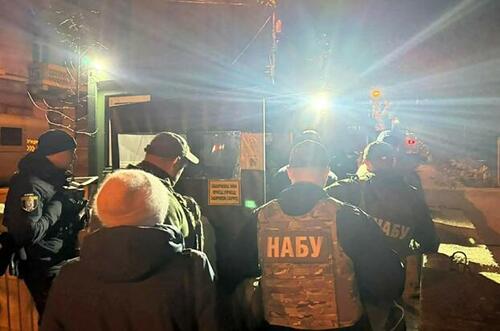 AFP/Getty Images
AFP/Getty Images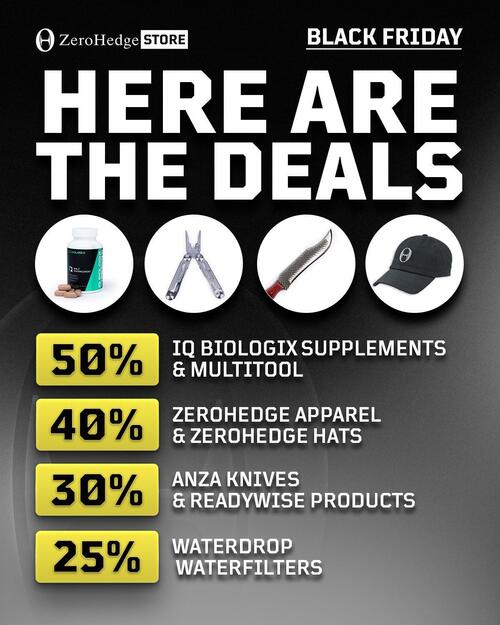


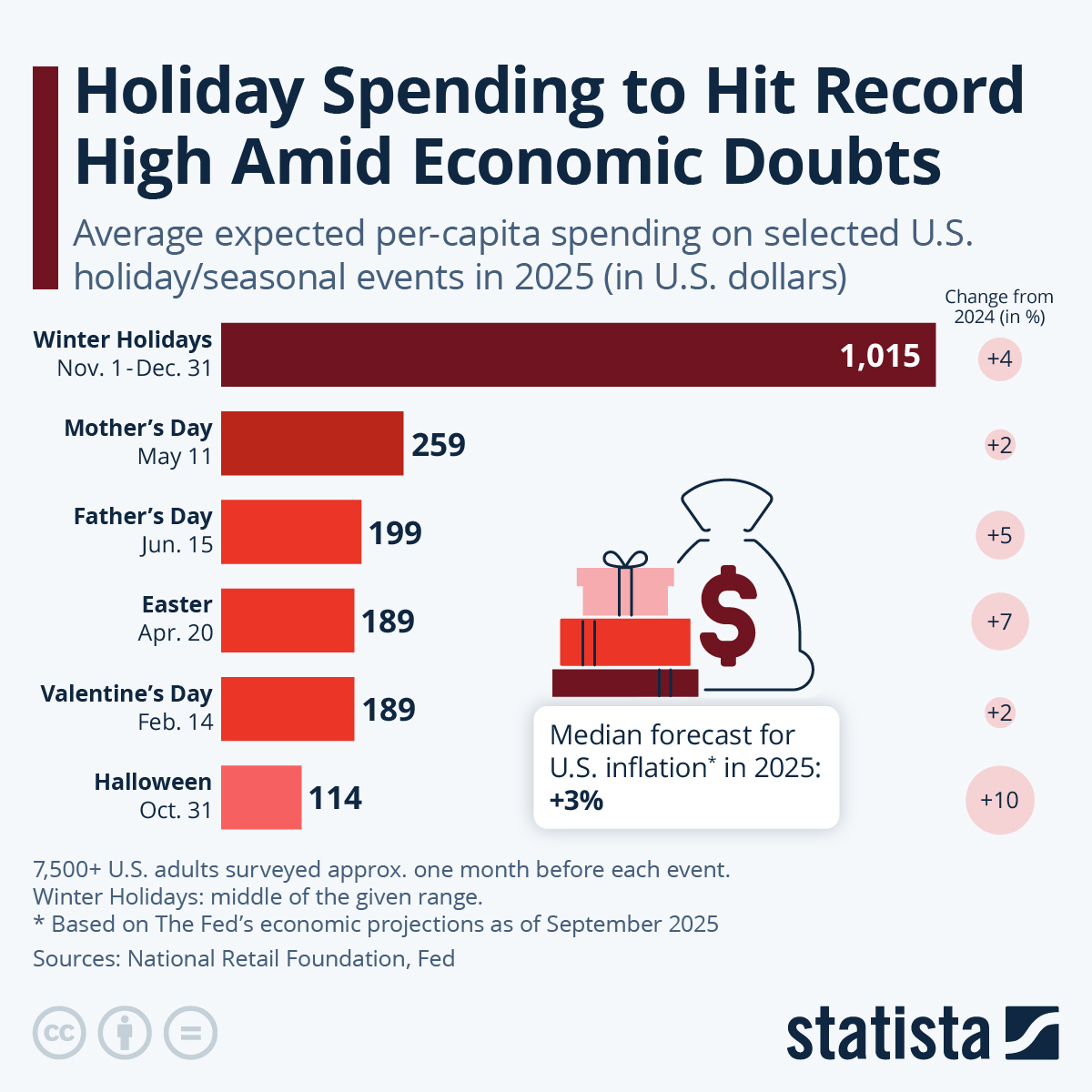







 This photo published by the National Transportation Safety Board shows a UPS MD-11 losing its left engine upon taking off in Louisville on Nov 4
This photo published by the National Transportation Safety Board shows a UPS MD-11 losing its left engine upon taking off in Louisville on Nov 4

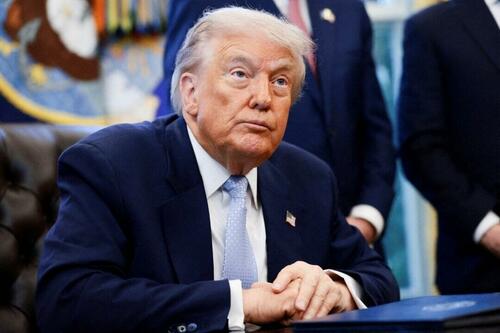

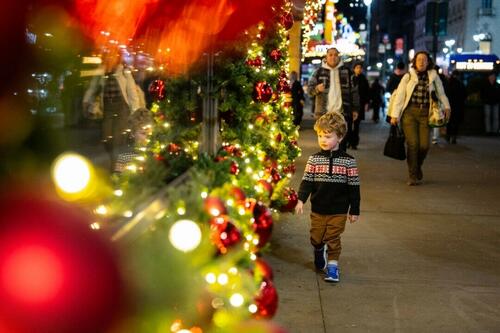



Recent comments